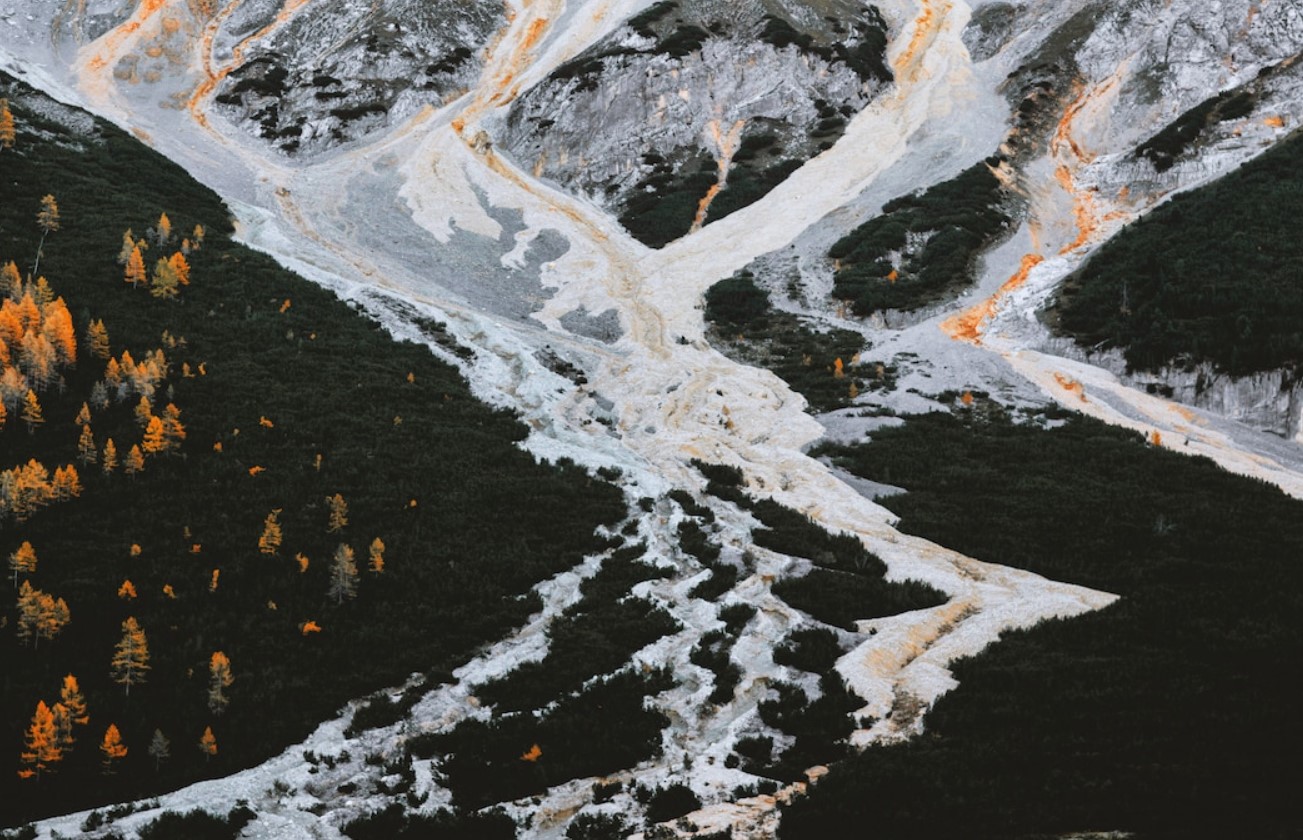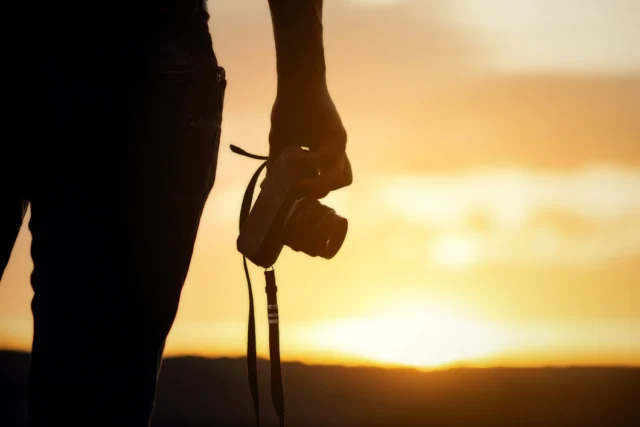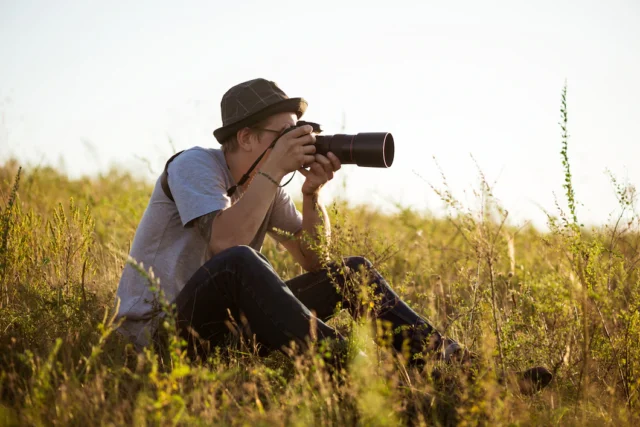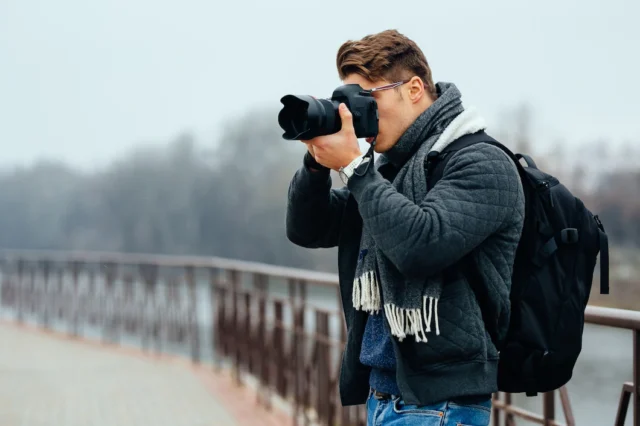
Fine art photographers treat photographing and conceptualizing the content as a whole process. It is known that beauty lies in the eyes of the beholder.
The photographer makes normal-looking imagery into beautiful art nature photographs. There are many ways to enhance the pictures and look, including many tips.
The whole process allows the photographer to get more personal by expressing feelings, situations, memories, and ideas through the subjects in the scen
It connects the photographer with their subject and places it accordingly. Usually, the extra wide long shot is considered for the nature and landscape.
Given that all good photographers should strive to include a bit of themselves in each photo they take, and their images elicit a reaction from their audience. Photographers click pictures from their perspective, which reflects their vantage point.
Further, we will talk about tips for beginners so that they can easily take fine art nature photographs.
Some Of The Tips For Beginners To Take Fine Art Nature Photographs:
Let’s check out some of the ways you can easily take amazing pictures that will attract viewers and make them think about that particular piece.
The main objective f good photographs is to impress the viewer and virtually take them to that particular place.
You need to check out the works of professional fine art nature photography to know about it better.
We will be discussing some of the best-chosen tips for you so that you can become one of the best photographers of your time.
1. For Good Photographs Take Props:

Shoot through foreground objects, such as foliage or architecture, to add a more dynamic element to your composition.
When you have to focus on the foreground, you need to focus on the objects closer to you, but if you want to take the mountains along with the vegetation, you need to focus on the background.
You can add the props like living beings like animals; you can add horses in the vegetation and also take mountains. It will balance out the picture, and you can capture a good photograph.
There is a rule in the grammar of photography which s of balancing that requires you to add things that complement the subject and balance the whole photo.
A longer lens can help blur the objects in front of you, focusing the attention on your subjects and adding an interesting aesthetic component to your shot.
Transparent objects can produce interesting patterns or reflections, whereas shooting through something like a fence can provide interesting framing around your subject.
For a more dynamic composition, photograph your subject through store windows or between branches.
2. Change The Aperture:

A wide aperture produces a shallow depth of field, blurring the background and emphasizing your subject. It also does not give a clear view of a particular picture.
This is why you need to adjust the aperture according to the subject you are considering.
A smaller aperture will keep everyone in focus if you have multiple subjects (such as a family portrait).
You need to check it and then make your decision to capture a particular view or a subject.
3. Spread Out Your Light Source:

Consider that soft, diffused natural light from an indirect source is best for shooting portraits when choosing an environment.
Everybody knows that for outdoor shoots, the sun is the best key light, and you can use the reflectors for channeling the light source, but if you are planning to shoot during the dawn, then you need the best light source and key and fill lights are essential if you are taking a subject along with the nature.
Direct, harsh light or the full sun can create unwanted dark shadows or unnatural skin colors. Use a diffuser such as a soft box or a white sheet to soften the light and create a more flattering effect.
Consider then channeling the light source accordingly. Light is the primary source that ensures that the picture that the camera lens will take will be able to satisfy the viewer.
This is the reason the right source of light is essential, and don’t forget to take the most appropriate light source with you whenever you are shooting outdoors.
4. Make Use Of A Longer Lens:

A 50mm lens is considered a mid-range telephoto lens and is a popular focal length among portrait photographers.
It is taken when you need to focus on a particular subject, but when you are taking a nature photo, you need to have a larger view lens, known as a wide angle lens.
To produce better image compression without distorting the pixels, use a longer lens, such as one in the 85mm to 200mm range.
A longer focal length can bring the background closer to the subject, increasing bokeh (background blur) and producing a more dynamic image. You need to cover the whole view.
It requires you to consider all the essential parts of nature so that you can capture the best view and deliver the best version of a particular landscape.
5. Finish Up With Editing And Post-Production:

In the post-production process, you need to do the editing to enhance your photograph and smooth up the sharp edges. When you have taken a photograph, you need to make some major edits.
You need to crop an unwanted edge, lighten a distracting shadow, or tweak your shot’s background and become familiar with editing programs and their functions to take your portrait photography to the next level.
Also, color correction is required in some pictures as you need to set the photograph’s mood. This is the reason editing should be good, and for that, you need to have good software.
Takeaway
Taking a good photograph is not a challenging task, and you can quickly achieve a good photo, but you need to use some tips and tricks to make your work stand out from the rest.
This article will work for you as a guide and help you achieve fine art nature photographs.









